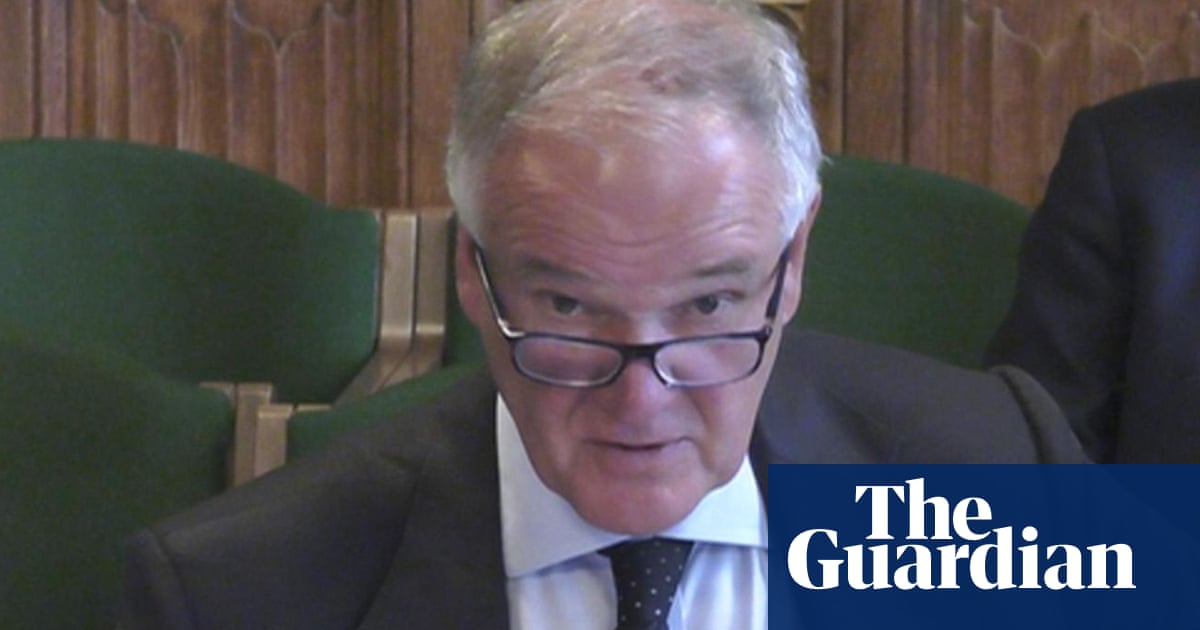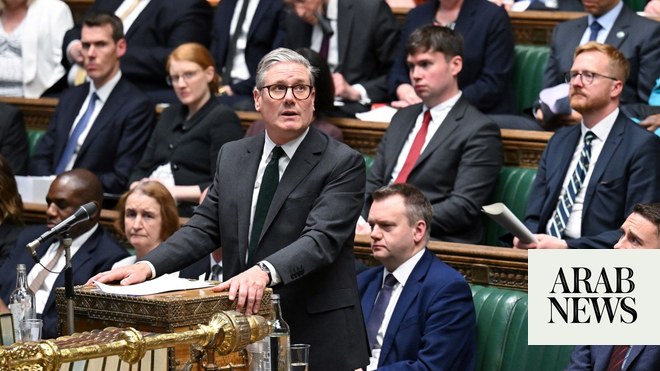
Labour will promise on Monday to overhaul the universal credit system by allowing low-income workers to earn more without seeing their welfare payments cut, in a move potentially costing billions of pounds annually.
The shadow work and pensions secretary, Jonathan Reynolds, is expected to promise to “make work pay” as part of a wider strategy to create “jobs you can raise a family on”.
The pledge is the first element of what is expected to be a significant overhaul of the wider work and social security system, including the universal credit benefit currently claimed by about 6 million people, as part of a “new deal” for working people.
The party will also step up calls for the retention of the £20-a-week uplift to universal credit, introduced in April last year in response to the Covid crisis. The government intends to remove the uplift in October, leaving claimants £1,000 a year worse off.
Reynolds is to propose a reduction in the universal credit taper rate, currently set at 63%. This means that for every £1 earned above a claimant’s work allowance, 63p is deducted automatically from their monthly universal credit payment. In practice, tax and national insurance further increases the amount deducted.
Reynolds is expected to say in a speech in Manchester: “I am pledging today that the next Labour government … will reduce the taper rate when we replace universal credit. Improving our social security system to allow people to have jobs you can raise a family on is part of our new deal for working people.”
According to Labour, the current system means that a single parent working 30 hours a week on the national living wage loses £573 a month of their universal credit entitlement – equivalent to a marginal tax rate of 75%. It contrasts this with the 47% marginal tax rate faced by people earning over £150,000 a year, such as the prime minister.
Labour said the scale of its proposed reduction in the taper rate would be announced as part of its wider tax and spending plans. The cost could be substantial, with some estimates suggesting that every percentage point reduction in the taper rate would cost £350m.
Although it is refusing for now to say by how much it will reduce the taper rate, Labour believes the measure will radically boost the incentive for many people on low incomes to move into work, or work more hours, by allowing them to keep more of the money they earn.
It is seen as one of a number of measures that Labour believe will help those on low incomes, including increasing the minimum wage to £10 a hour, and introducing universal sick pay, increased protection against unfair dismissal, and the right to flexible working for all.
Labour believes cutting the taper rate is vital in tackling in-work poverty and the growing cost-of-living crisis faced by low-income families as benefits are reduced and food and energy costs rise. About 13% of workers have incomes below the poverty line, although this rises to 23% in some sectors, such as the food industry.
The original model of universal credit championed by the Conservative former work and pensions minister Iain Duncan Smith set the taper rate at 55%. However, the rate adopted by the coalition government was 65%, later reduced to 63% in 2016.
The Labour party has long pledged to replace universal credit – at the 2019 general election it said it would scrap the “inhuman and cruel” system as part of a £3bn overhaul of social security – although it is likely it will keep the system’s basic digital architecture and instead aim to make it more generous and less punitive and bureaucratic.












